#swiss national museum
Explore tagged Tumblr posts
Text
Heim’s passionate interventions in the world of Swiss cartography are less well-known. In 1927, the then 78-year-old geologist denounced Switzerland’s two official map series – the Dufour Map and the Siegfried Map – as he believed they contained a “lie” that “flew in the face of nature”. The bone of contention was the fact that the imaginary light source that created light and shade on relief maps, therefore lending them a three-dimensional effect, came from the northwest in both map series.
Albert Heim was an avowed opponent of the ‘northwest illumination’ of maps, which had become increasingly established throughout the world in the 19th and 20th centuries. The geologist believed that it contradicted reality as in Switzerland the sun usually shines from the south.
Albert Heim therefore saw northwest illumination as a “mistake of the past” that needed to be corrected. He believed that maps should reflect the natural conditions and called on the producer of official maps of Switzerland, the Federal Office of Topography (now swisstopo), to transition to southern illumination and take “the major step from mistaken convention to nature”.
—"Casting light on relief map shading" from Swiss National Museum
2 notes
·
View notes
Text
youtube
Deepeeka 13th Century Arming Sword | Kult of Athena
Subscribe to our YouTube Channel
SEE IT ALL @ KULT OF ATHENA
SOCIALS:
INSTAGRAM
FACEBOOK
Join our email list to stay up to date on news and events!
#Kult of Athena#KultofAthena#Deepeeka#Lake Neuenburg Sword#Late 13th Century Arming Sword#sword#swords#weapon#weapons#blade#blades#European Swords#European Weapons#Medieval Swords#Medieval Weapons#13th century#Type XIV sword#Swiss National Museum#Lake Neuenburg#Switzerland#EN45 High Carbon Steel#Battle Ready#Youtube#video#videos
3 notes
·
View notes
Text

Paul Klee
Celestial blossoms above the yellow house (The Chosen House). 1917
#paul klee#landscape#expressionism#cubism#surrealism#swiss-german artist#museum berggruen / national gallery
295 notes
·
View notes
Text

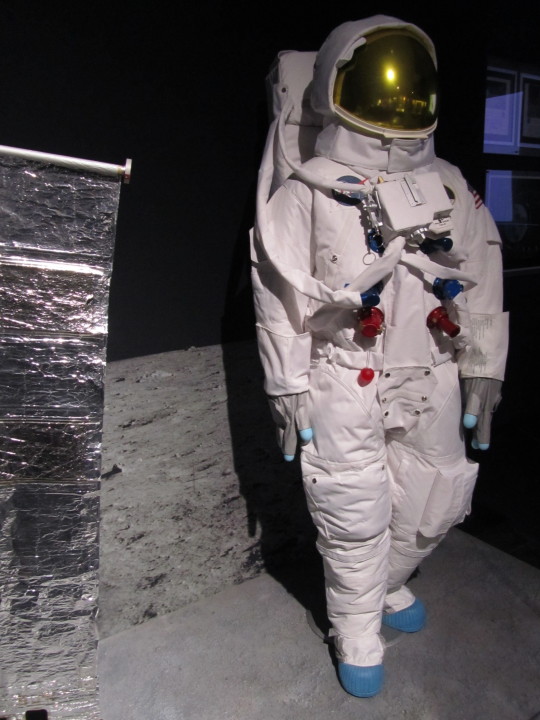






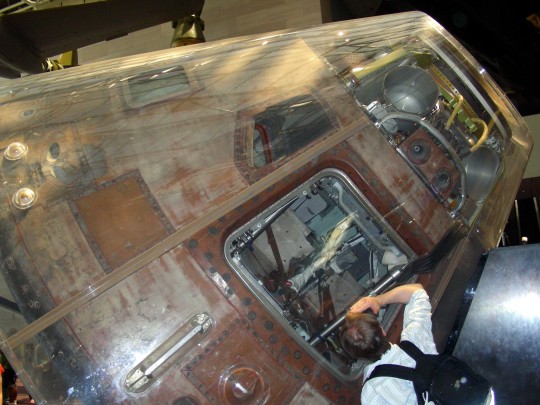

Apollo program: Apollo 11’s crew successfully makes the first manned landing on the Moon in the Sea of Tranquility. Americans Neil Armstrong and Buzz Aldrin became the first humans to walk on the Moon (July 21 UTC) on July 20, 1969.
#Apollo 11#first manned landing#moon#20 July 1969#21 July 1969 UTC#Kennedy Space Center Visitor Complex#Saturn V#NASA#National Aeronautics and Space Administration#Launch Complex 39A (LC-39)#Florida#USA#Verkehrshaus der Schweiz#Swiss Transport Museum#Apollo 11 Command Module 'Columbia'#National Air and Space Museum#replica#space suit#original photography#travel#vacation#tourist attraction#55th anniversary#US history
9 notes
·
View notes
Photo
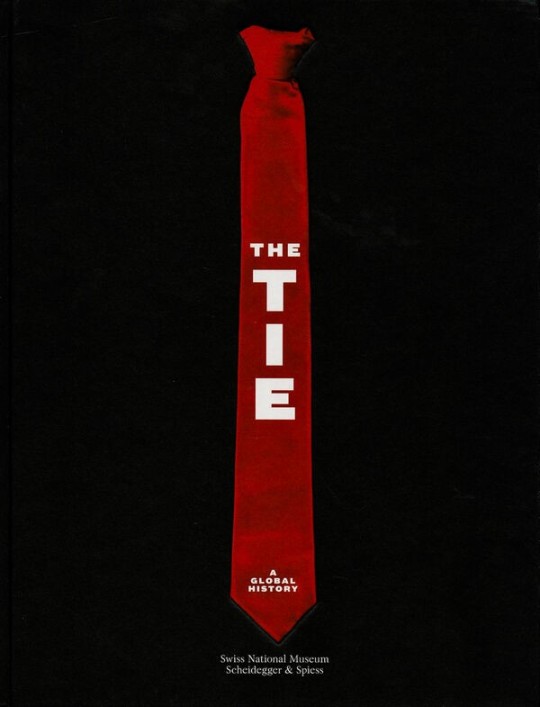

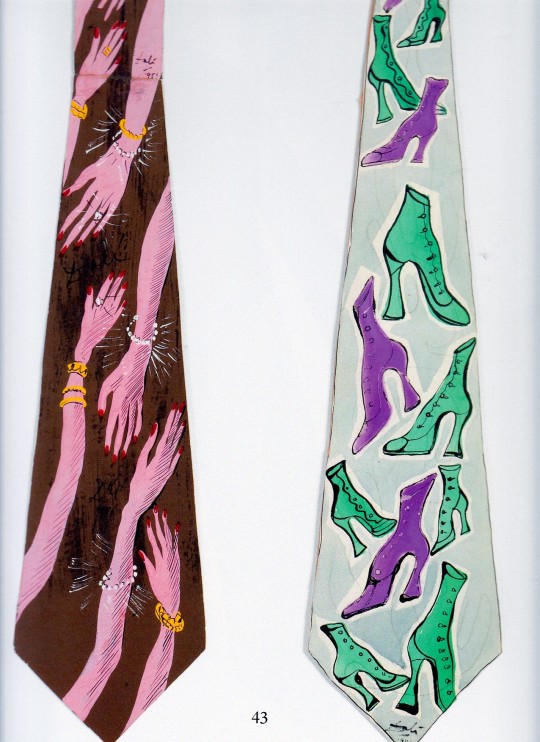

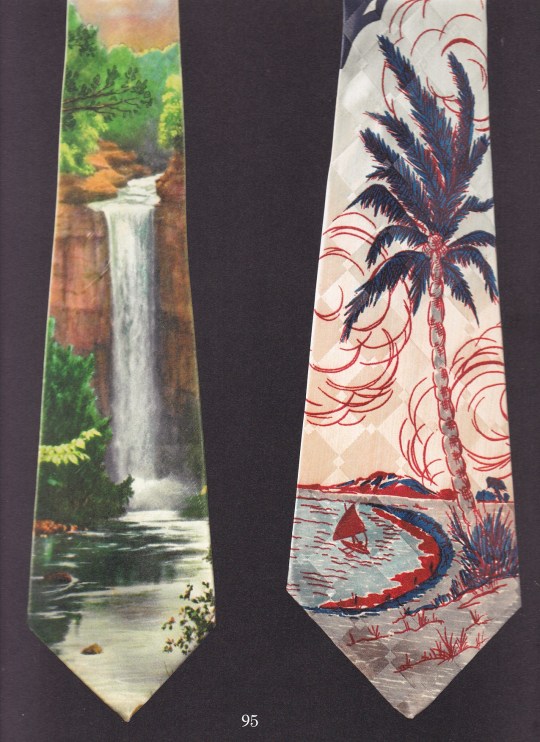
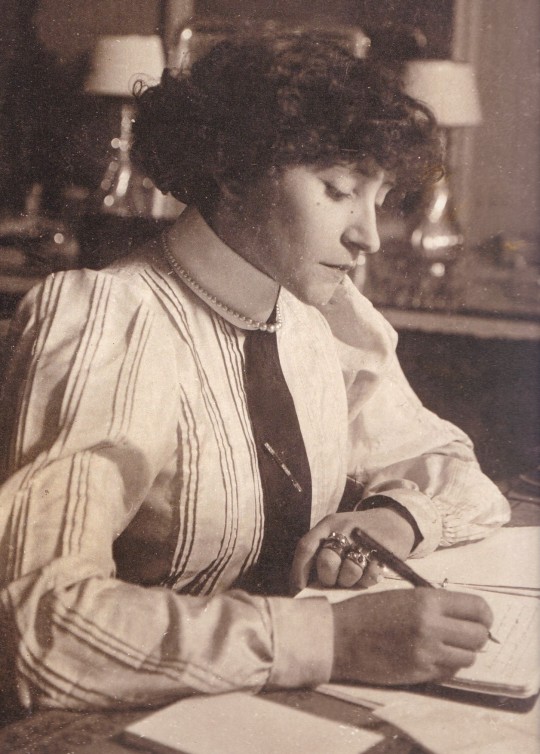




The Tie
A Global History
Edited by the Swiss National Museum in Zürich
With Essays by Francina Chiara, Markus Ebner, Andrea Franzen, Anna Lisa Galizia, Joya Indermühle, Thomas Isler, Leonardo R. Koos, Alan Prada, Alexis Schwarzenbach, Christina Sonderegger, Andreas Spillmann, Luca Tori, Nic Ulmi, Philip Ursprung, and Martin Widmer
Scheidegger & Spiess, Zürich 2014, 280 pages, 148 color plates, 25 halftones, Hardcover, English, 27,3 x 34,6 cm, ISBN 978-3-85881-758-7
euro 30,00
email if you want to buy :[email protected]
A tie reveals a lot about its wearer, his social position, his aesthetic tastes or political stance. From the early 17th until the beginning of the 20th century, a diverse combination of fabrics, colours and knots adorned the male - and occasionally also the female - neck.
Today, the tie is back in fashion and as an accessory newly interpreted, traditions are questioned, and so is the appropriate context for wearing a tie. This new book draws on the vast collection and archives held at the Swiss National Museum in Zurich.
Coinciding with a major exhibition at the museum, The Tie features a wealth of images documenting the history and ever changing aesthetics of the neck tie, but also of designers' and manufacturers' sample collections, art works, and a photographic essay by Swiss photographer Walter Pfeiffer. Essays are contributed by international authors including scholars, fashion critics, and journalists.
07/01/23
orders to: [email protected]
ordini a: [email protected]
twitter: @fashionbooksmi
instagram: fashionbooksmilano, designbooksmilano tumblr: fashionbooksmilano, designbooksmilano
#The Tie#fashion exhibition catalogue#Swiss National Museum Zurich 2014#fashion accessories#Walter Pfeiffer#cravatta#fashion books#fashionbooksmilano
10 notes
·
View notes
Text
Exploring the Charms of Zürich: Your Gateway to the Beauty of Switzerland
Zurich, the Hub of Switzerland. In the heart of Europe lies a city that effortlessly combines history, modernity, and natural beauty. Zürich, often hailed as the financial capital of Switzerland, is a destination that invites visitors to embrace its vibrant culture, picturesque landscapes, and a plethora of activities. From cheese and chocolate tours to luxury shopping experiences, Zürich offers…

View On WordPress
#Bern#exploring Switzerland from Zürich#Interlaken#Kunsthaus Zürich art collection#Lake Zürich activities#Limmat River cruise#Lindenhof Hill view#Lucerne#luxury shopping in Zürich#Old Town charm#Swiss Alps adventure#Swiss National Museum visit#Uetliberg Mountain hike#Zürich attractions#Zürich cheese and chocolate tours#Zürich culinary scene#Zürich cultural experiences#Zürich travel guide#Zürich travel itinerary#Zürich&039;s enchanting allure
0 notes
Text
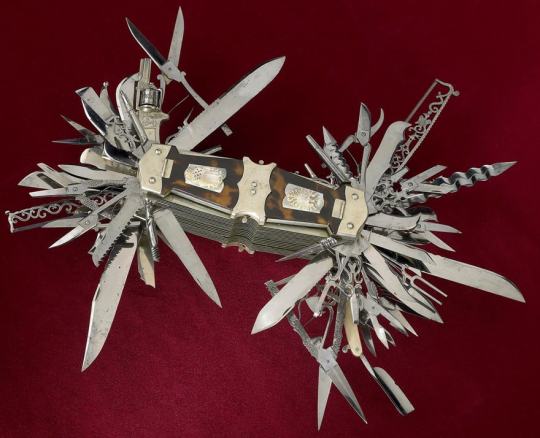
This 19th-century multi-tool from Germany has 100 different blades and a .22-caliber five-shot revolver.
This knife could be described as the Mother of all Swiss Army knives. If you count the miniatures inside the tortoise shell handle covers, it has 100 “blades.” They include pocket knife blades of every style imaginable, a serrated blade, two dagger blades, several different types of shears and scissors, an auger, a corkscrew, two saws, a lancet, button hook, cigar cutter, tuning fork, pens and mechanical pencils, mirror, straight razor, and a functional .22-caliber five-shot pinfire revolver. The one modern convenience it doesn’t seem to have is a bottle opener, but the bottle cap as we know it wasn’t invented until 1892. Source : National Museum of American History
2K notes
·
View notes
Photo

Swiss National Museum Extension, Christ & Gantenbein
175 notes
·
View notes
Text
Travel the World of Imagination: Journeys Beyond Border
Kieth Denmark M. Retes | BSIT1A OVERVIEW:
Switzerland originates from the Old Swiss Confederacy established in the Late Middle Ages, following a series of military successes against Austria and Burgundy; the Federal Charter of 1291 is considered the country's founding document. Swiss independence from the Holy Roman Empire was formally recognized in the Peace of Westphalia in 1648. Switzerland has maintained a policy of armed neutrality since the 16th century and has not fought an international war since 1815. It joined the United Nations only in 2002 but pursues an active foreign policy that includes frequent involvement in peace building.
Switzerland is the birthplace of the Red Cross and hosts the headquarters or offices of most major international institutions including the WTO, the WHO, the ILO, FIFA, the WEF, and the UN. It is a founding member of the European Free Trade Association (EFTA), but not part of the European Union (EU), the European Economic Area, or the eurozone; however, it participates in the European single market and the Schengen Area. Switzerland is a federal republic composed of 26 cantons, with federal authorities based in Bern. references: Switzerland - Wikipedia

Switzerland, a small yet influential country nestled in the heart of Europe, stands out in many ways. From its awe-inspiring landscapes to its unique political system, Switzerland offers a blend of natural beauty, cultural diversity, and global diplomacy that few other nations can match. Its distinct character is a product of centuries of neutrality, innovation, and a deep respect for its heritage, all of which contribute to the nation’s unparalleled reputation on the world stage.

One of the first things that captivates visitors to Switzerland is its breathtaking scenery. The country is dominated by the majestic Alps, with towering snow-capped peaks that attract adventurers and nature lovers from around the globe. Whether it’s skiing in world-class resorts like Zermatt and St. Moritz or hiking through verdant valleys and along crystal-clear lakes, Switzerland offers outdoor experiences that are hard to rival. Beyond the Alps, the country is dotted with picturesque towns, lush meadows, and sparkling lakes, such as Lake Geneva and Lake Lucerne, each offering their own unique charm. The country's commitment to environmental preservation further enhances the beauty of these landscapes, ensuring that they remain pristine for future generations.
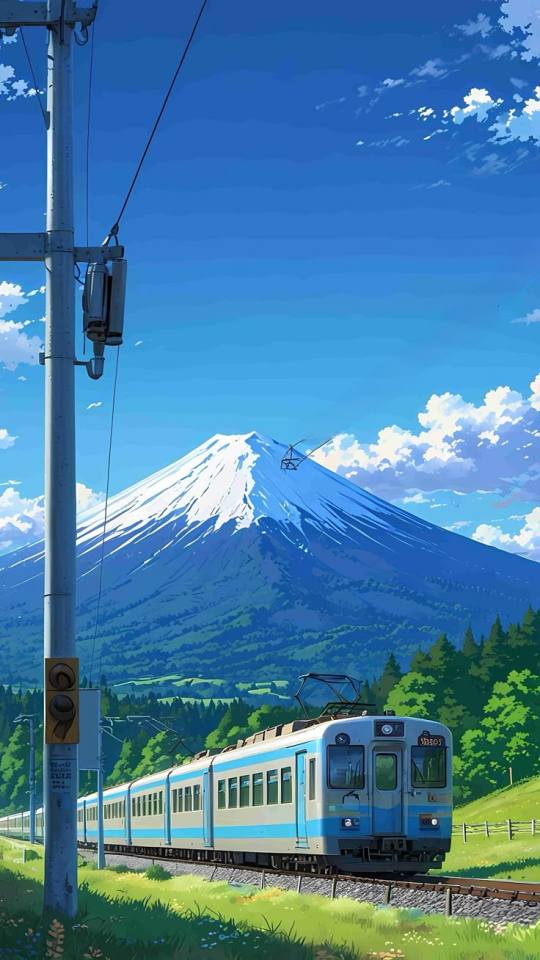
Swiss culture is characterized by diversity, which is reflected in diverse traditional customs. A region may be in some ways culturally connected to the neighbouring country that shares its language, all rooted in western European culture. The linguistically isolated Romansh culture in Graubünden in eastern Switzerland constitutes an exception. It survives only in the upper valleys of the Rhine and the Inn and strives to maintain its rare linguistic tradition.
Switzerland is home to notable contributors to literature, art, architecture, music and sciences. In addition, the country attracted creatives during times of unrest or war. Some 1000 museums are found in the country.
Among the most important cultural performances held annually are the Paléo Festival, Lucerne Festival, the Montreux Jazz Festival, the Locarno International Film Festival and Art Basel.
Alpine symbolism played an essential role in shaping Swiss history and the Swiss national identity. Many alpine areas and ski resorts attract visitors for winter sports as well as hiking and mountain biking in summer. The quieter seasons are spring and autumn. A traditional pastoral culture predominates in many areas, and small farms are omnipresent in rural areas. Folk art is nurtured in organisations across the country. Switzerland most directly in appears in music, dance, poetry, wood carving, and embroidery. The alphorn, a trumpet-like musical instrument made of wood has joined yodeling and the accordion as epitomes of traditional Swiss music.
references: Switzerland - Wikipedia
64 notes
·
View notes
Text
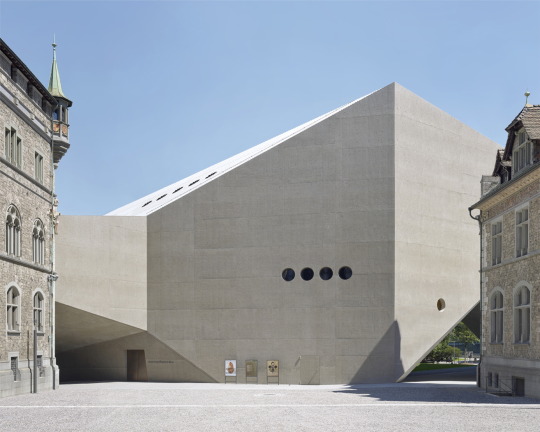
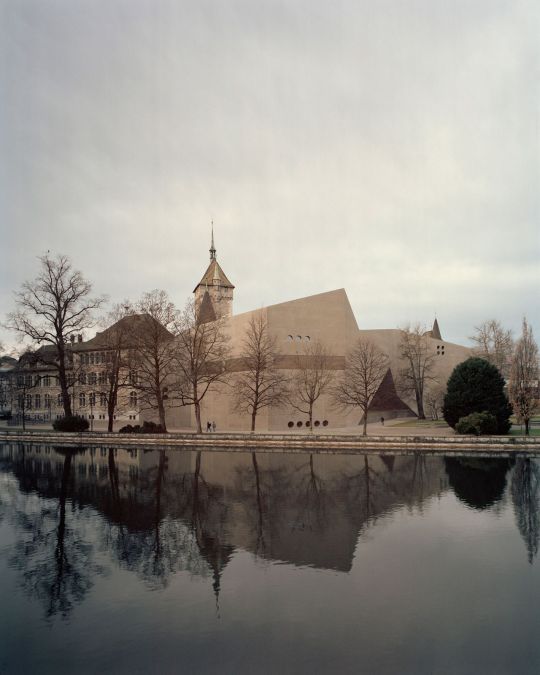
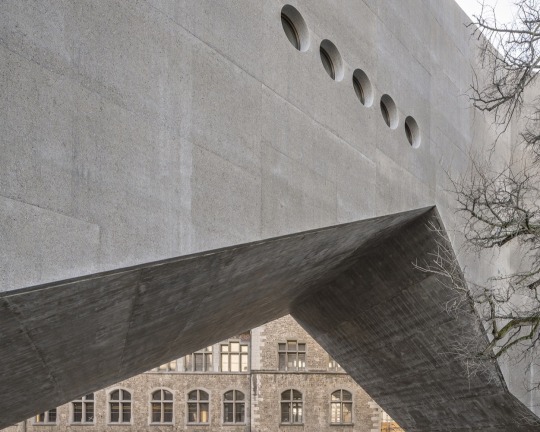
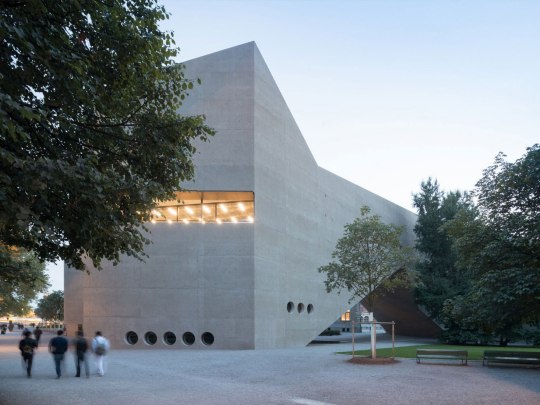

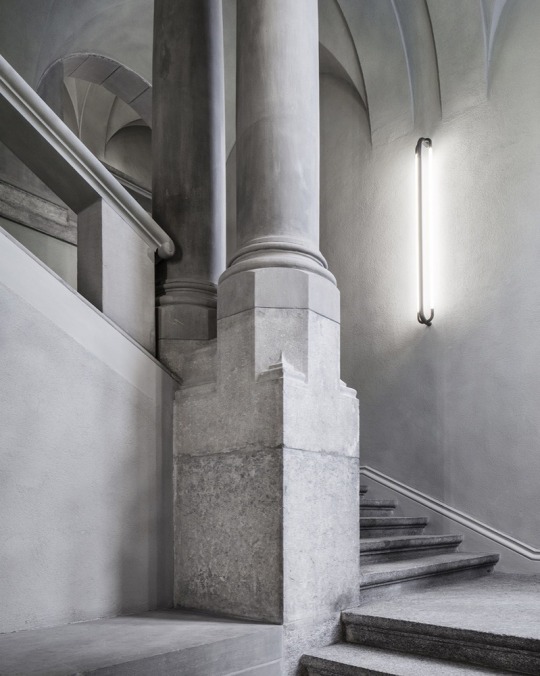
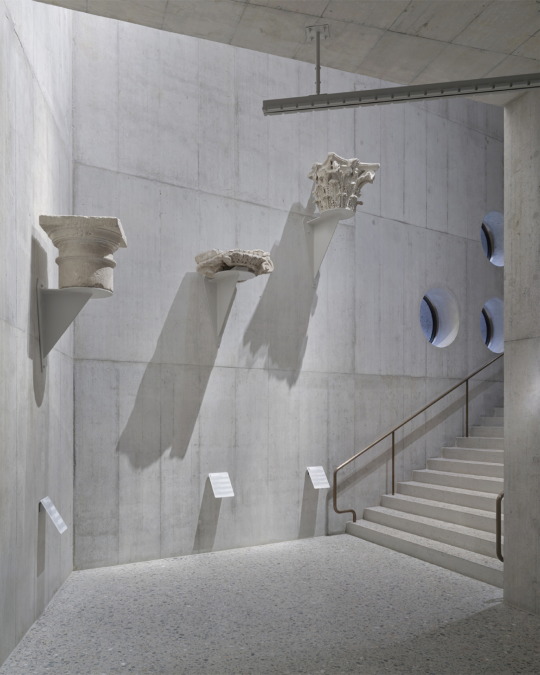
Swiss National Museum, Zurich - Christ & Gantenbein
#Christ & Gantenbein#architecture#design#building#modern architecture#interiors#minimal#concrete#museum#national museum#cultural center#art#history#old and new#extension#brutalist#porthole window#angular#zurich#switzerland
282 notes
·
View notes
Text
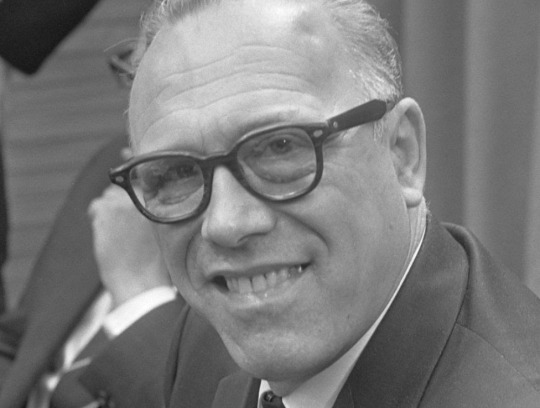
THURSDAY HERO: Johan Weidner
Johan “Jean” Weidner was a Dutch businessman who created an extensive underground rescue network and saved the lives of 800 Jews and 112 downed Allied aviators.
Born in Brussels in 1912 to Dutch parents, Jean grew up in Switzerland in a devout Seventh-Day Adventist home. His father, a minister who taught Greek and Latin at a church seminary, wanted Jean to become a clergyman but instead he decided to go into business. He moved to Paris in 1935 and started an import-export textile firm.
When the Germans occupied Paris in 1940 Jean dropped everything and fled to Lyon in unoccupied France. He had to abandon his company, so he started a new one in Lyon.
In 1941, as the situation for Jews and other enemies of the Nazi war machine grew more dire, Jean took action. He created an underground network secretly run out of his textile factory. To facilitate escape to Switzerland, Jean opened a second branch of his business in Annecy, near the Swiss border. The route was dotted with safe houses and locals sympathetic to the Resistance who sheltered the refugees and helped them cross the border.
Known as Dutch-Paris, the network Jean created became one of the most effective resistance groups during war. Also called “the Swiss Way,” the network’s mission was to rescue people targeted by the Nazis by hiding them until they could help them escape to a neutral country.
Jean was leader of 330 men, women and teenagers working clandestinely in occupied countries of Western Europe as well as in Switzerland.
Dutch-Paris was constantly in need of funds to support their extensive activities, and Jean made a deal with the Dutch ambassador to Switzerland. The Dutch government-in-exile in London would fund the rescue operations if Jean 1) expanded the escape route to reach all the way to Spain and 2) used the route to convey intelligence on microfilm between Dutch resistance groups. Jean agreed to the terms and the expanded network began operating in November 1943.
In January of 1944 they began rescuing downed Allied aviators, an especially dangerous operation because it attracted the attention of German military intelligence officers. In only a month they saved over 112 pilots before tragedy struck. In February 1944, a young Dutch woman working as a courier was arrested by the French police and turned over to the Gestapo. They tortured her physically and psychologically, and threatened her family. She cracked under pressure and gave up names of her colleagues colleagues in the Dutch-Paris network.
Germans started arresting members of Dutch-Paris, including Jean’s sister Gabrielle. Over the next few months, many of the rescuers were sent to concentration camps, where at least forty of them were murdered. Gabrielle survived until liberation by the Russians, but she was so malnourished that she died days later.
Jean was able to escape capture long enough to rebuild networks and continue his rescue operations. In Toulouse he was arrested by the French police, but he escaped before they were able to transfer him to the Germans.
France was liberated in November 1944 and Jean was invited to London by Queen Wilhemina to inform her about the Dutch-Paris route, and the situation for Dutch civilians in areas occupied by the Germans. He was made a Captian in the Dutch Armed Forces but after the war he was let go by the Dutch government for not being a professional policeman. Jean returned to his textile business, and in 1955 emigrated to the United States where he and his wife operated a chain of health food stores for several decades.
He received multiple awards for his wartime heroism including the US Medal of Freedom, the Croix de Guerre and the Legion d’honneur. He was honored as Righteous Among the Nations by Israeli Holocaust Memorial Yad Vashem, and a grove of trees was planted in his name. In 1993, at the opening of the United States Holocaust Museum in Washington DC, he was one of seven people chosen to light candles honoring rescuers.
Jean Weidner died in 1994 in Southern California. Abraham Foxman, then National Director of the ADL said, “John Weidner lived his entire life giving back… Until his death, he lived a life of selflessness and service, working tirelessly to make the world a better place.”
For creating an underground escape route for victims of the Nazis, and saving hundreds of lives, we honor Jean Weidner as this week’s Thursday Hero.
54 notes
·
View notes
Text

'swiss army book' by m. l. van nice, 1990 in the book as art: artists' books from the national museum of women in the arts - krystyna wasserman (2011)
57 notes
·
View notes
Text
instagram
This Late 13th Century Sword is recreated from a very well preserved original which was found in Lake Neuenburg in Switzerland and is now kept in Swiss National Museum. A Type XIV sword with a broad and robust base of the blade which tapers to allow for capable cutting and thrusting; it has proportions which allow for it to be a companion sidearm sword that could be comfortably worn both on foot and horseback all day.
Available to order now.
#Kult of Athena#KultofAthena#Deepeeka#Lake Neuenburg Sword#Late 13th Century Arming Sword#sword#swords#weapon#weapons#blade#blades#European Swords#European Weapons#Medieval Swords#Medieval Weapons#13th century#Type XIV sword#Swiss National Museum#Lake Neuenburg#Switzerland#EN45 High Carbon Steel#Battle Ready#Instagram#video#videos
3 notes
·
View notes
Text

Paul Klee
Contemplation at breakfast. 1925
#paul klee#art on paper#expressionism#surrealism#pictorial abstraction#modern art#swiss artist#museum berggruen - national gallery
74 notes
·
View notes
Text
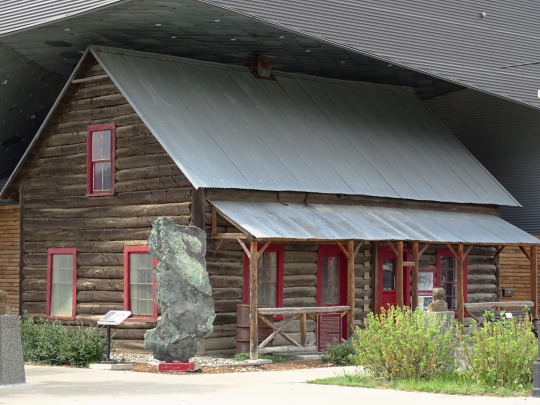
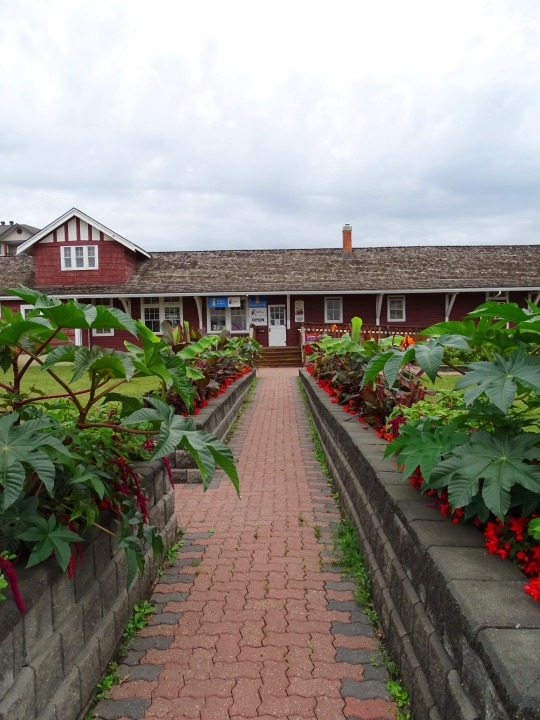
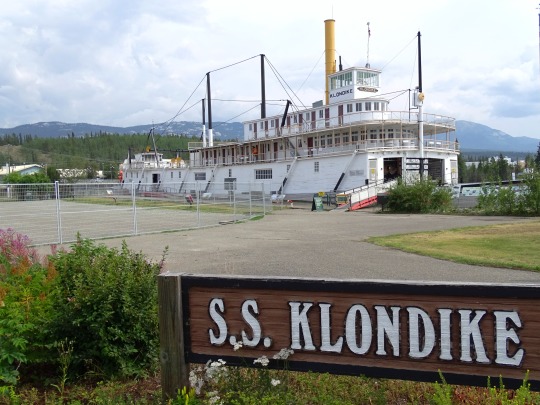
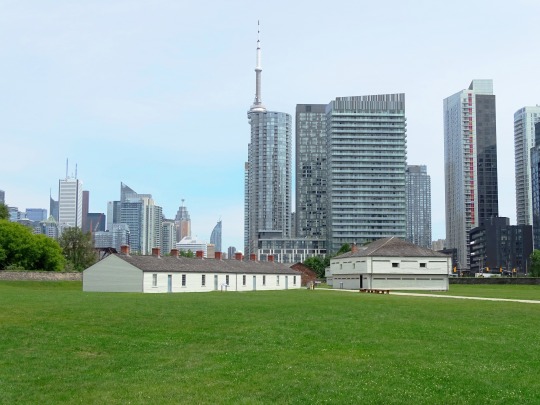
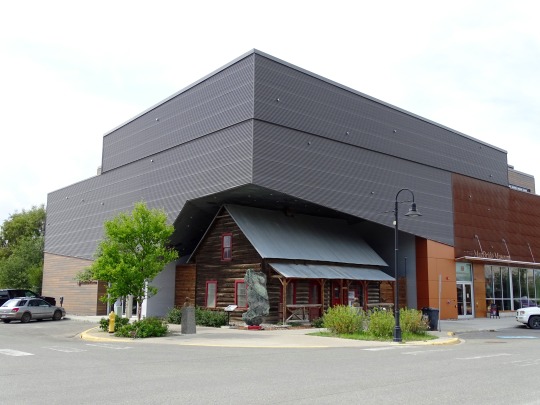
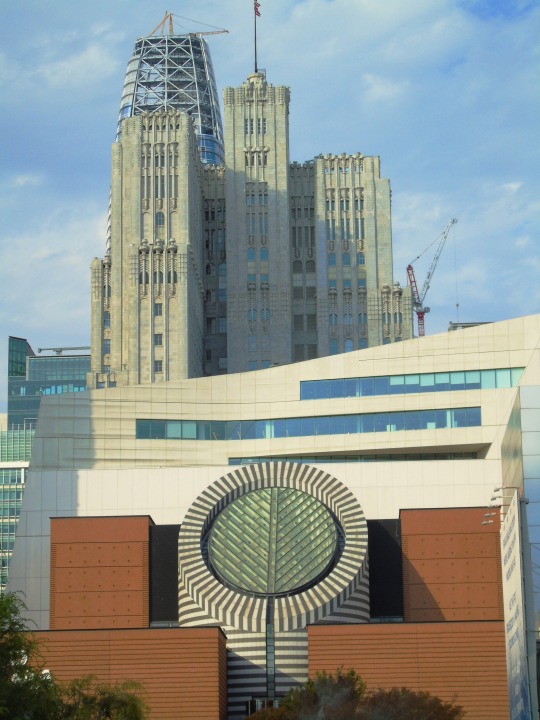
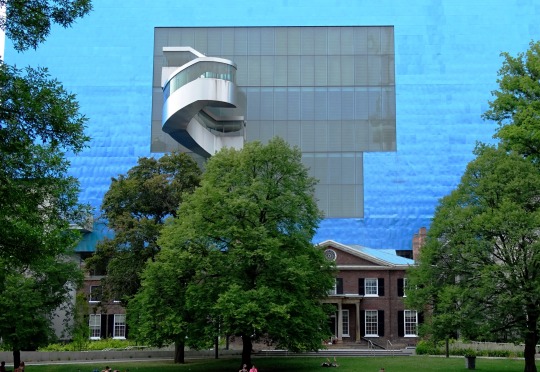


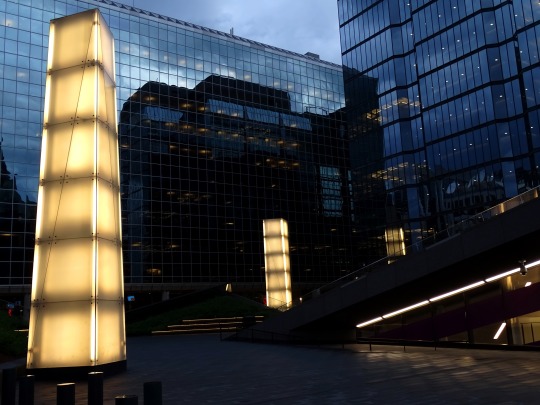
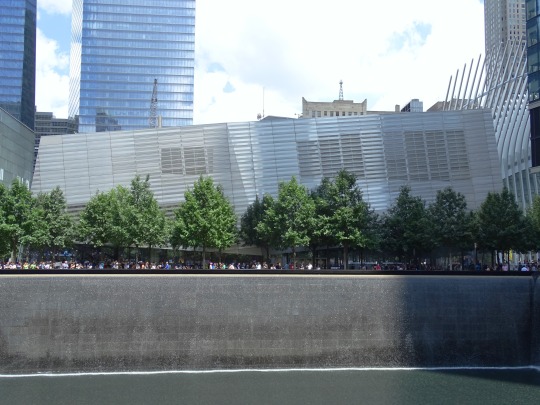
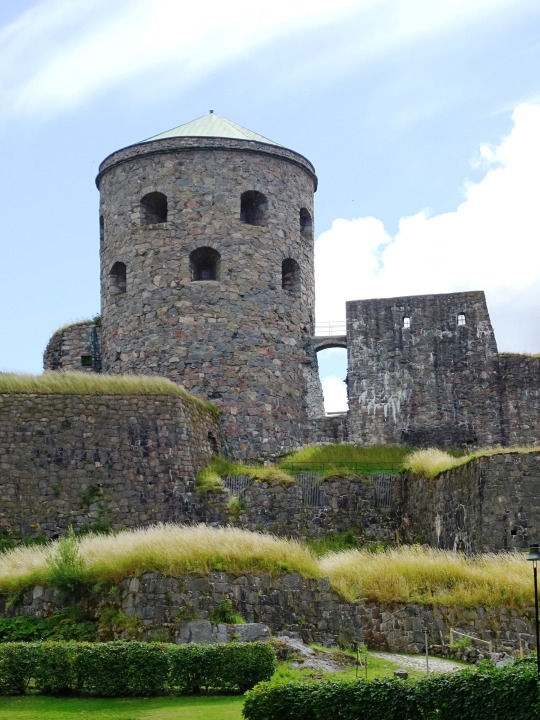
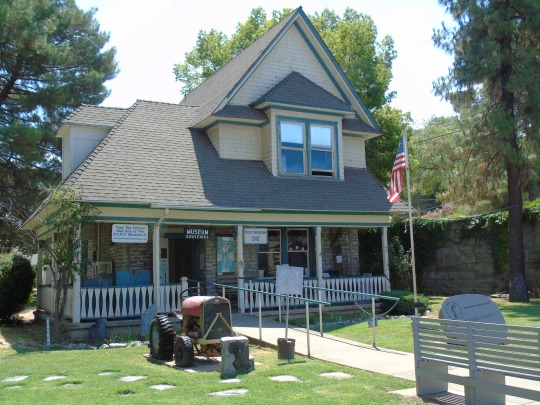
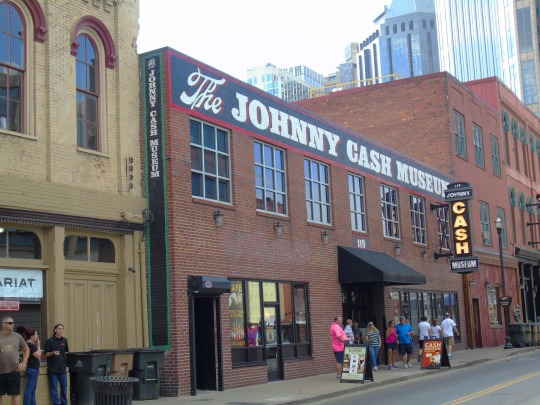
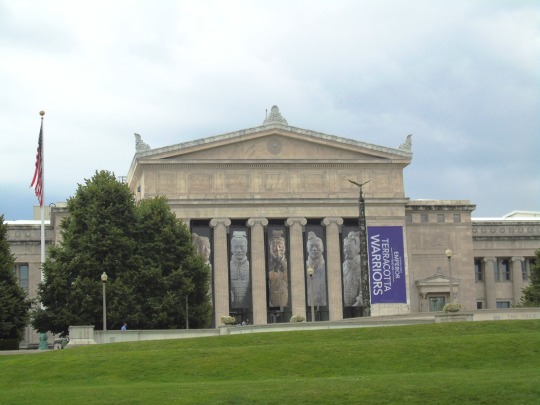

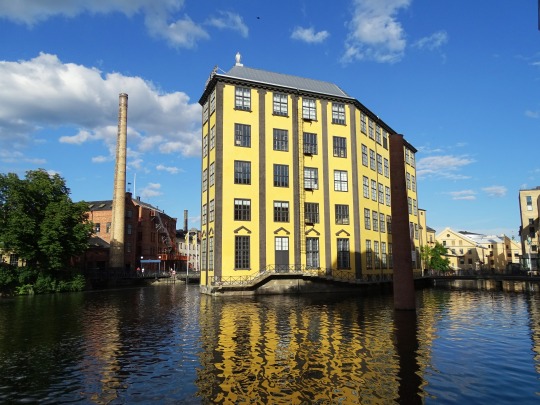
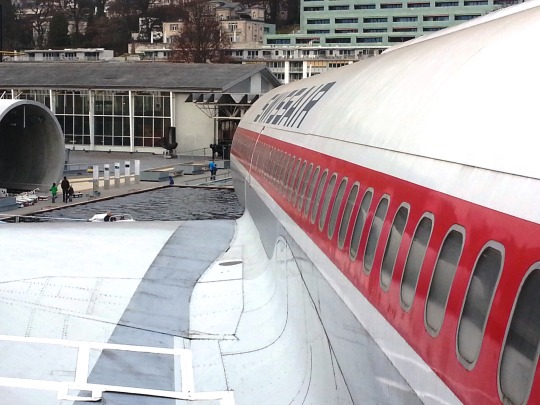
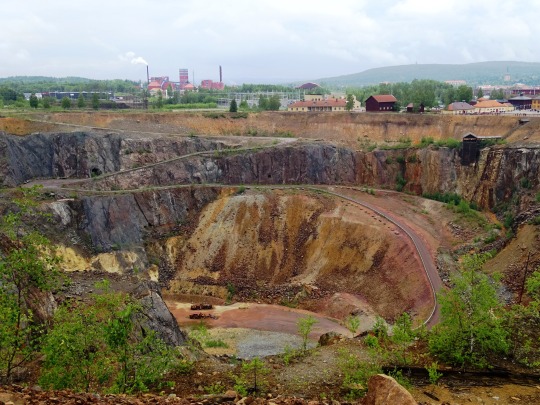
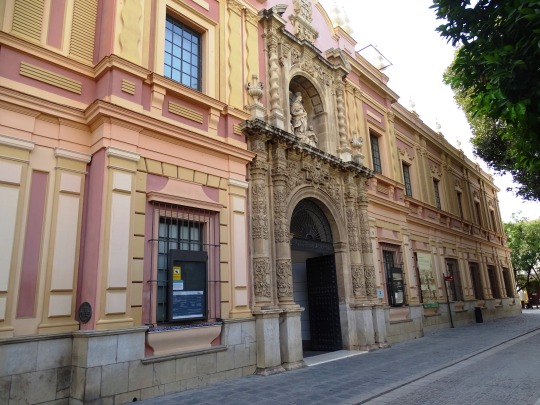
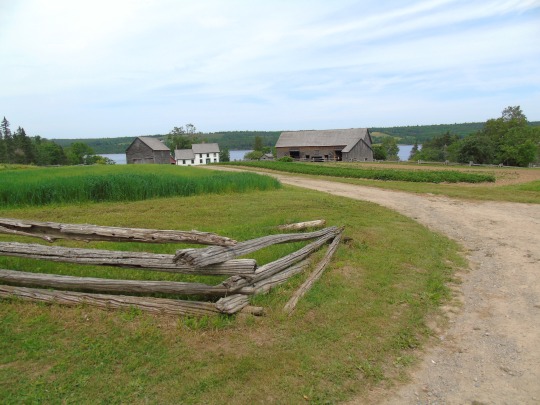

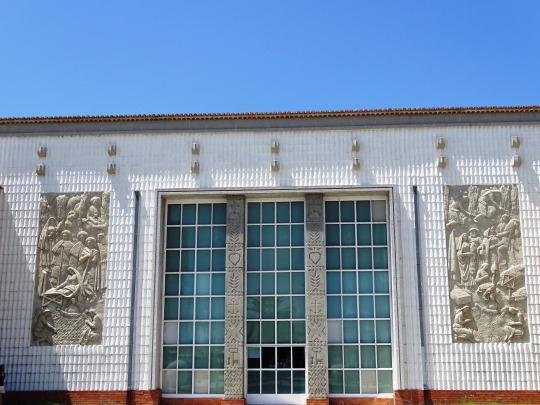
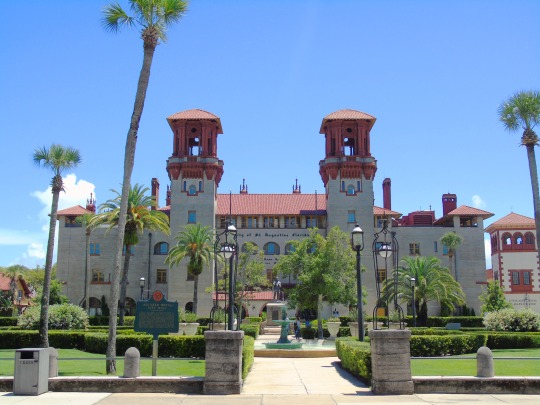

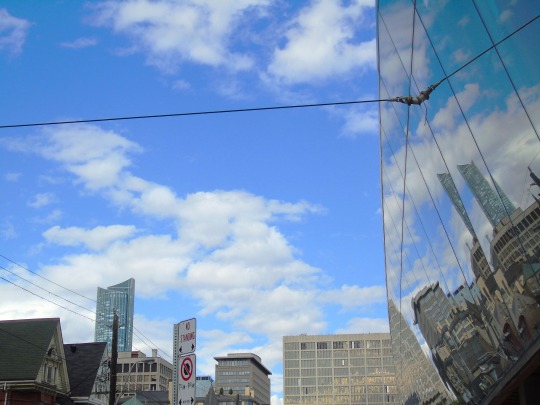
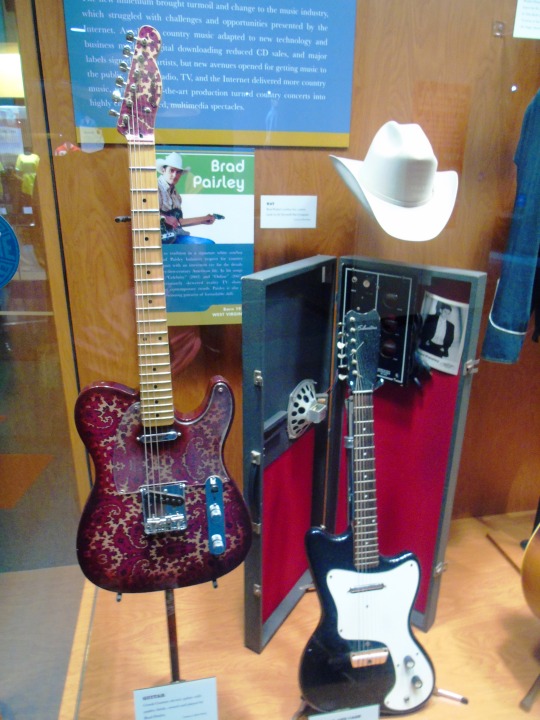
International Museum Day
According to the International Council of Museums (ICOM), a museum is "a non-profit, permanent institution in the service of society and its development, open to the public, which acquires, conserves, researches, communicates and exhibits the tangible and intangible heritage of humanity and its environment for the purposes of education, study and enjoyment." International Museum Day, founded and organized by the ICOM, aims to raise awareness that "museums are an important means of cultural exchange, enrichment of cultures and development of mutual understanding, cooperation and peace among peoples."
International Museum Day got its start in 1977 when a resolution was adopted at the ICOM General Assembly in Moscow to create an annual event "with the aim of further unifying the creative aspirations and efforts of museums and drawing the attention of the world public to their activity." The number of museums participating in the day has increased in the decades since. Since 1992, there has been a unique theme each year that is devoted to an issue that deals with the role of museums in the development of society and is at the forefront of the global museum community. There has been an official poster for the day since 1997, and in 2011 online resources were expanded.
Participating museums plan events and activities related to the year's theme, engage with the public, and "highlight the importance of museums as institutions that serve society and its development." All museums around the world can take part, with equal access to museums for everyone being a value of the day. Events may last the day, for a weekend, or for the whole week.
How to Observe International Museum Day
Observe the day by visiting a museum! Check the International Museum Day interactive map for official events near you and the International Museum Day Facebook page for up-to-date information about the day. If you are associated with a museum, organize free events that promote the role of museums in society and are related to the year's theme. Posters, information about the theme, and a communications kit can be found on the day's official webpage. You could hold your event today, on the weekend, or throughout the whole week. Make sure to list your event on the day's interactive map.
Source
#MacBride Museum of Yukon History#N.A.R. Station Museum#Pony Express Station & Museum#National September 11 Memorial & Museum#International Museum Day#ICOM#InternationalMuseumDay#18 May#New York City#USA#travel#vacation#original photography#Trelleborgen#Bohus Fortress#Falun Mine#Borgholm Castle#Verkehrshaus der Schweiz#Swiss Transport Museum#Fort York National Historic Site of Canada#Switzerland#Work Museum#Kings Landing Historical Settlement#National Corvette Museum#tourist attraction#cityscape#architecture
12 notes
·
View notes
Photo
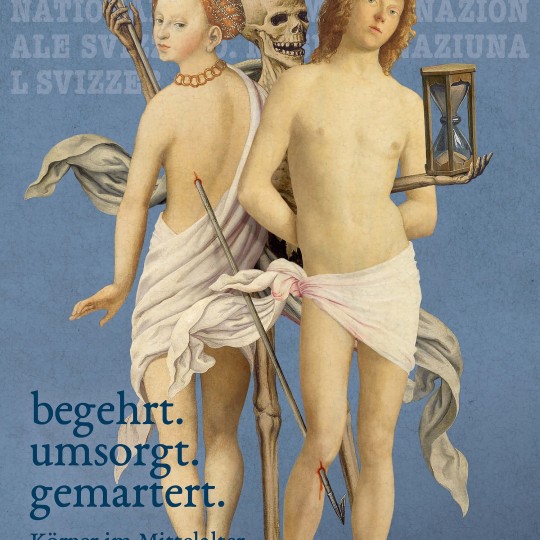
Interview: Bodies in the Middle Ages
In the Middle Ages, attitudes to the human body were rife with contradictions: Glorified, oppressed, cared for, and chastised. A new temporary exhibition at the Swiss National Museum in Zürich – coveted. cared for. martyred. Bodies in the Middle Ages – re-evaluates the ways in which medieval Europeans saw, conceived, and imagined the human body. In this interview, James Blake Wiener questions Curator Christine Keller about the exhibition's finer points.
JBW: Dr. Keller, many thanks for speaking to me on behalf of World History Encyclopedia (WHE).
We tend to think of the Middle Ages as an era dominated by faith. However, we should remember that those living in medieval Europe also participated in secular society and non-religious activities. With that in mind, how did you decide to showcase the rich interplay between physical presence and secular interests and pursuits?
CK: In selecting the themes and exhibits, we have tried to show not only the medieval Church's view but also the secular attitude to the body by means of excerpts from medieval literature – such as erotic novels – profane art, and themes such as sport. We try to show that although the Church propagated certain ideas about physicality (in particular the Christian concept of human sexuality as sin), many testimonies from this period, such as popular erotic literature, reports by secular doctors, and obscene badges in the form of personified genitals, speak a language contrary to church morality.
JBW: While the Catholic Church posited the body as the seat of desire and sin, visual representations of the body of Jesus Christ and the femininity of the Virgin Mary were omnipresent. So too were those body parts that believers worshipped as holy relics, which could heal the sick, bring victory in battle, and cure infertility. What can you tell us about the reliquaries and other objects of devotion on display? What secrets do they reveal about medieval body image?
CK: The exhibition includes a reliquary from Limoges from the late 12th century as well as figurative reliquaries such as busts and arm reliquaries from the 14th and 15th centuries. They bear witness to the great veneration and power of the relics of saints. Figurative reliquaries such as busts, arms, legs or feet bring to life or embody the bones or secondary relics stored in them (such as hair, contact relics, etc.). As so-called 'speaking reliquaries', they thus make the abstract, sacred powers more visible. It is relevant for the medieval image of the body that the relics simultaneously reflect death and life and that the saints venerated in the relics were regarded as mediators between this world and the afterlife. The wooden bust reliquaries from the 14th century (for example the Ursula reliquary) were painted in such a way that the surface appears flesh-like, the eyes animated and alive. In these busts, the saints met the viewer as the 'living dead'.
JBW: Death was an immediate and looming concern to our medieval predecessors. Average lifespans were lower than they are today and disease was rampant. How did the concern of death and the belief in everlasting life – on the day of resurrection – shape conceptions of the body during this era?
CK: Death and mortality were omnipresent and a major topic in the Middle Ages. In view of the resurrection, care was taken during one's lifetime to ensure that one's own life remained as free as possible from sins and vices or that these could be redeemed during one's lifetime. In terms of the body, this meant among other things: no gluttony (gula), no lust (luxuria), no vanity (superbia), no indolence (acedia). The concept of bodily resurrection was characterised by the statements of one of the early Church Fathers, Augustine of Hippo (354-430): according to his interpretation, the physical condition at the time of death was irrelevant for the resurrection. For example, if a dead body was mauled by animals or burned, it still emerged from the grave on the day of resurrection intact and at the age of 30 or 33, the age at which Jesus died. In this sense, depictions of the resurrected show them with their intact, naked bodies.
JBW: It was during the Middle Ages that a number of first steps in public health were undertaken: the practice of quarantine; the establishment of hospitals; and the provisioning of medical care and social assistance. There was, as a consequence, an interest in health, hygiene, and hospice, which is delineated throughout the exhibition. I wondered if you might share with us some details about bathing and cupping during the Middle Ages. I suspect many readers would be surprised to learn how commonplace these and other practices were in actuality.
CK: The medieval theory of health is based on the 'theory of the four humours' and the four elements. If the humours (blood, phlegm, black and yellow bile) are not in balance, the person becomes ill. In order to maintain this balance, an excess of substances must be equalised. Bathing parlours (with sweat baths), cupping, and bloodletting – or the application of leeches – were used for this purpose. Numerous health guides, which were particularly widespread in the late Middle Ages, describe the appropriate time for these methods and use illustrations – the so-called Vein Man – to point out the suitable body parts and the appropriate time for bloodletting. Health care was a major topic throughout the Middle Ages and was widespread.
JBW: Bodies in the Middle Ages underscores that while medieval attitudes to the human form and body were contradictory, much has remained the same across the centuries. Whether through the quest for physical perfection or a preoccupation with health or illness, we are not all that different from our medieval predecessors. What do you hope visitors gain from a visit to the exhibition? Moreover, what would you like the public to learn about the Middle Ages as a result of your work?
CK: A survey in the exhibition revealed that the exhibition on the body in the Middle Ages inspired the majority of our visitors to think about the body in the present day. We hope that with this exhibition we can show a somewhat different view of the Middle Ages and that we can break down the often still prevalent stereotypes of a rigid and anti-body era.
JBW: Dr. Keller, thanks so much for sharing your expertise with our audience. On behalf of World History Encyclopedia, I wish you many happy adventures in research.
coveted. cared for. martyred. Bodies in the Middle Ages runs at the Swiss National Museum in Zürich, Switzerland until July 14, 2024.
Christine Keller is an art historian and curator at the Swiss National Museum.
Continue reading...
30 notes
·
View notes